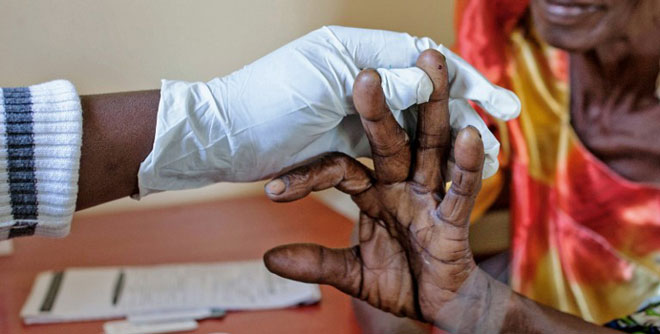
Kampala, Uganda | THE INDEPENDENT | There is an upsurge of malaria cases in Mbale district. A surge in cases has been registered in the sub-counties of Lukhonjye, Busoba, Busiu and Bumbobi, Bukyiende and Nyondo between the months of April and July.
Malaria was the leading cause of hospital visits at IUIU Health Center III in the month of April, May and June with 295 cases. The same facility registered 172 cases between January and March this year. Meanwhile, more than 200 cases of malaria were registered in a space of two weeks at Bukiende HC III, and 225 cases registered in one week at Namawanga HC III in Busoba Sub County.
Mbale District Assistant Health Officer Ayubu Madoi said that the cases in the entire district are at 21 per cent compared to the 7 per cent national prevalence. He, however, adds that the district is working with the ministry to establish the reasons for the upsurge in malaria cases.
He said that they are outsourcing for drugs from neighbouring districts to manage the situation but equally encouraged communities to use the available preventive options to ensure that the numbers do not increase further.
Mbale district Biostatistician Margaret Kisakye told URN that the cases surpassed the upper limit of the district, but teams that had been dispersed to identify the cause of the upsurge found that many people did not have mosquito nets and those who had, were using them wrongly.
Dr Naziru Rashid, a medical officer at IUIU Health Center III says that the facility is currently overwhelmed by Malaria patients that had surpassed other diseases like UTIs, pneumonia and ulcers which were leading in February and March. He attributed the upsurge on the ongoing rains, which created more breeding places for the mosquitoes.
Malaria is endemic in approximately 95 per cent of Uganda affecting over 90 per cent of the Ugandan population. According to records by the Malaria Control Programme, clinically diagnosed malaria accounts for 30-50 per cent of outpatient visits at health facilities, 15-20 per cent of all hospital admissions, and up to 20 per cent (10,500) of all hospital deaths in the country annually.
Over the years, the Ugandan government has invested in mainly four highly effective malaria prevention and treatment measures: the distribution of insecticide-treated mosquito nets, indoor residual spraying, diagnosis and treatment with artemisinin-based combination therapies and intermittent preventive treatment of pregnant women.
The prevalence of Malaria drastically reduced from 42 percent in 2009 to 19 per cent in 2015 thanks to Insecticide residual spraying and persistent use of insecticide treated nets, according to the Uganda Malaria indicator survey 2015. Uganda loses an estimated 100,000 people to Malaria every year.
*****
URN
 The Independent Uganda: You get the Truth we Pay the Price
The Independent Uganda: You get the Truth we Pay the Price



